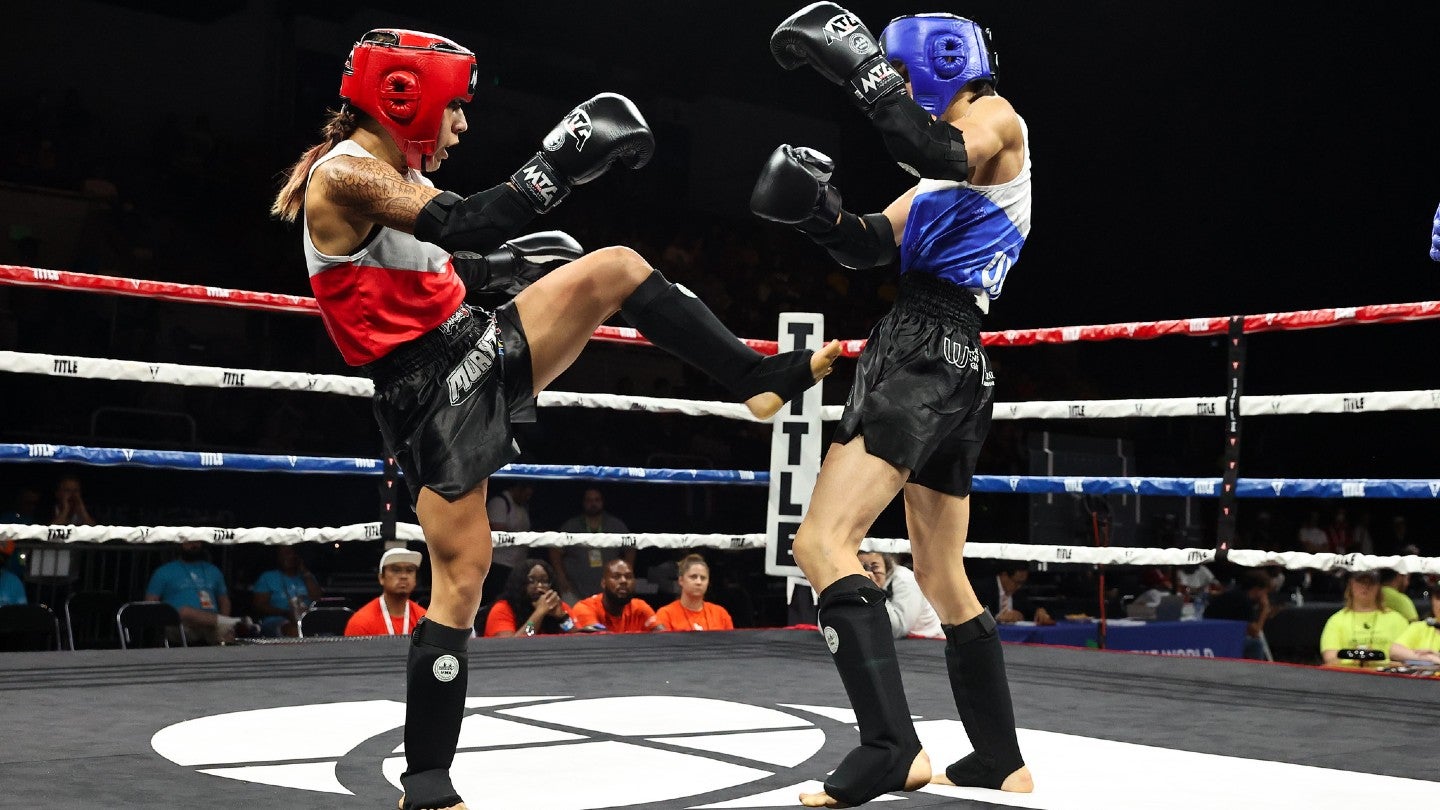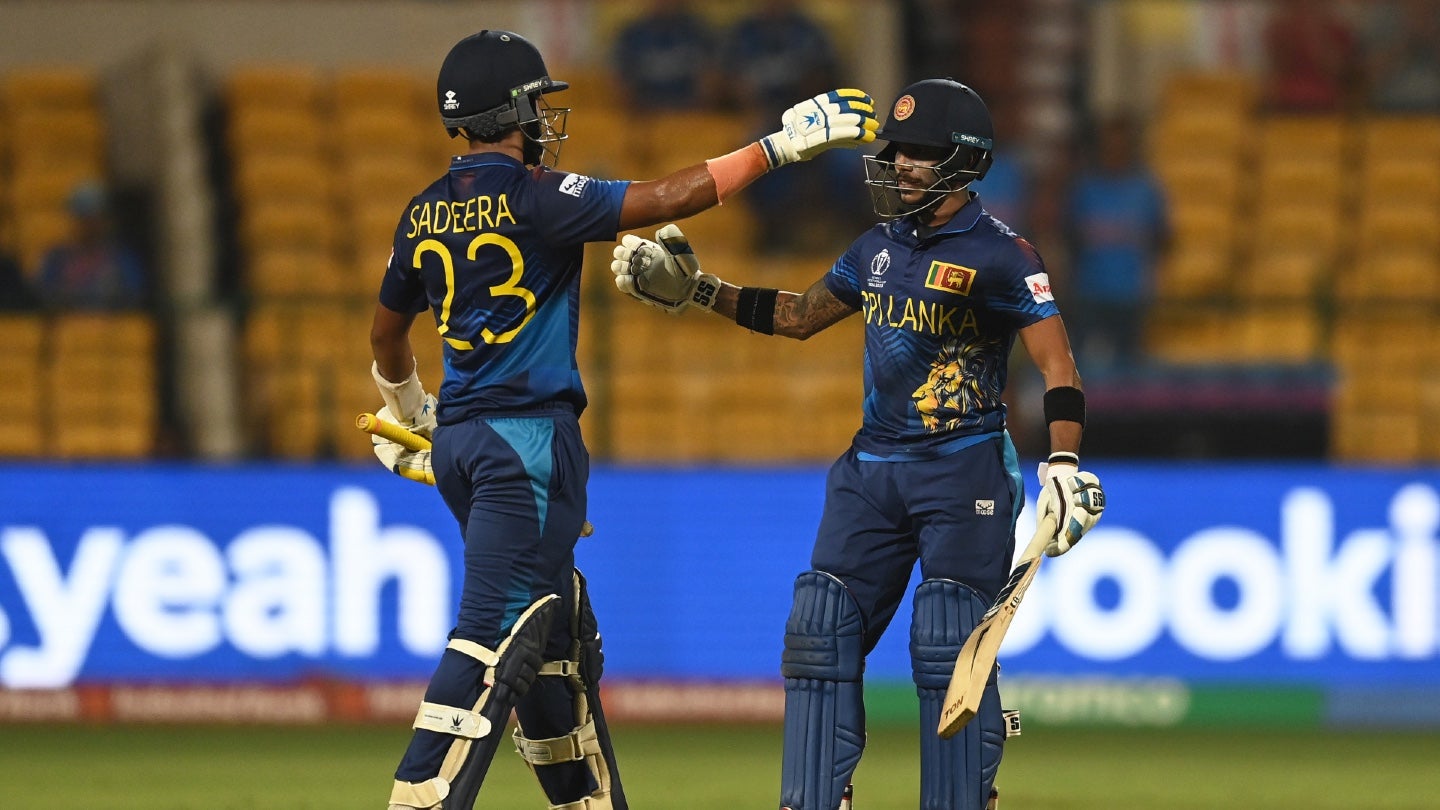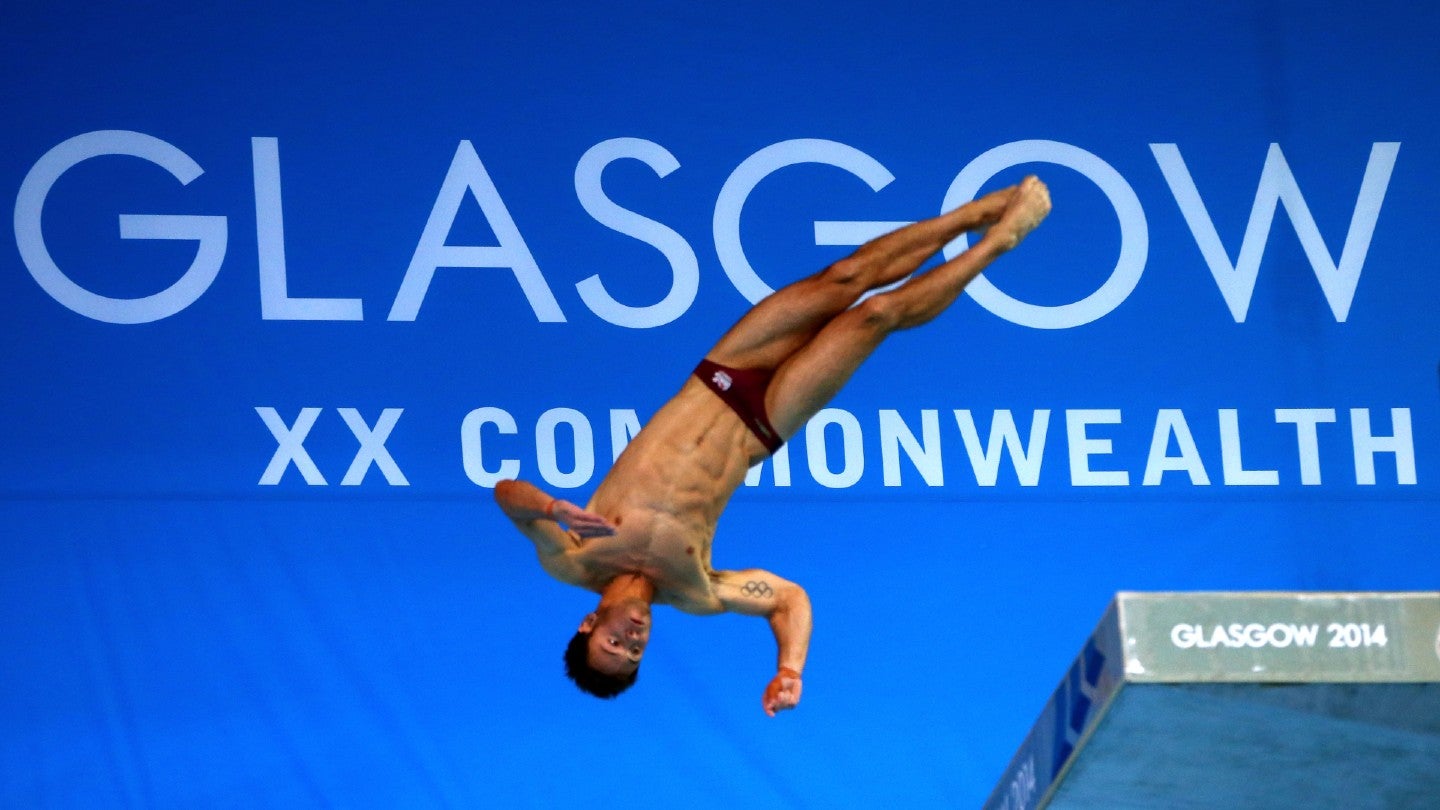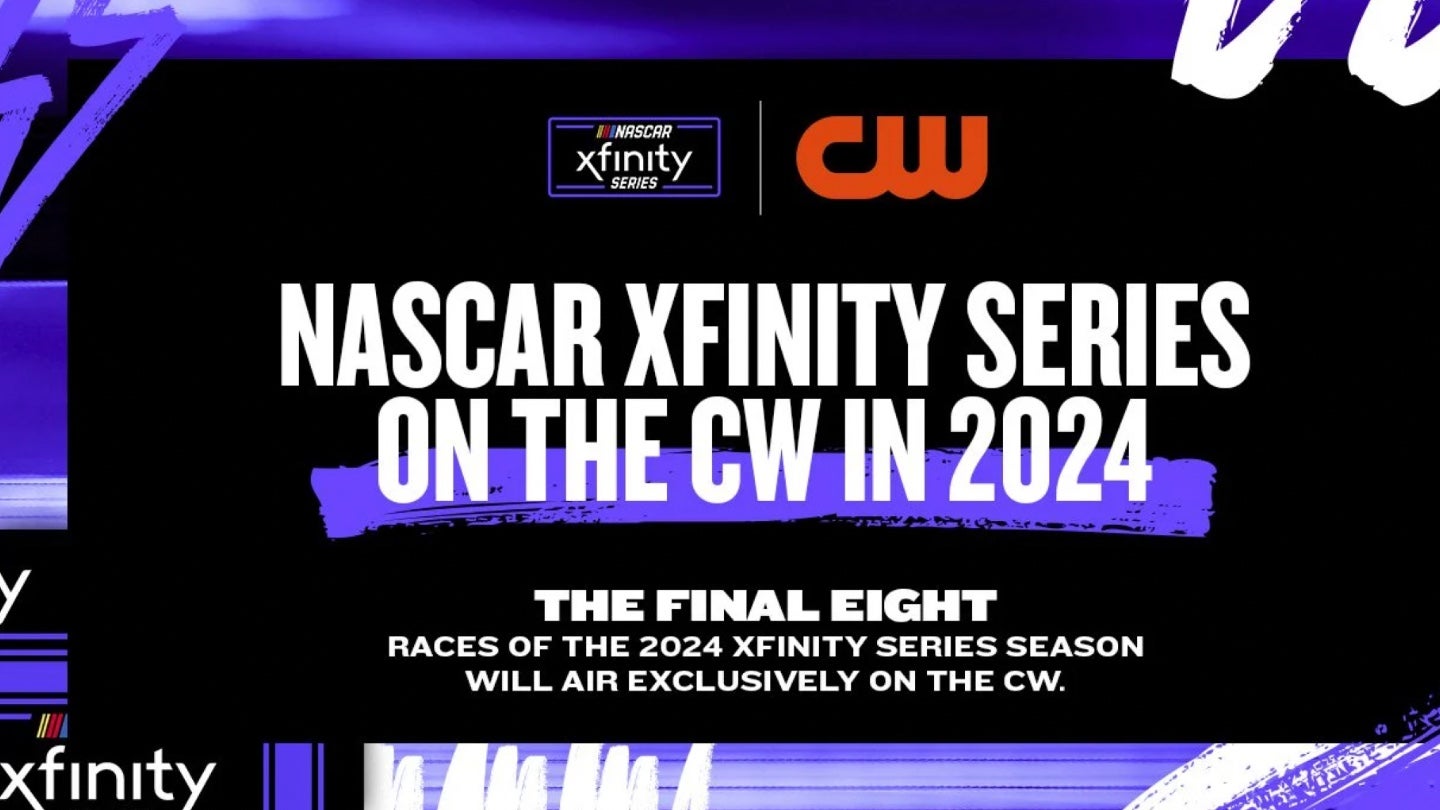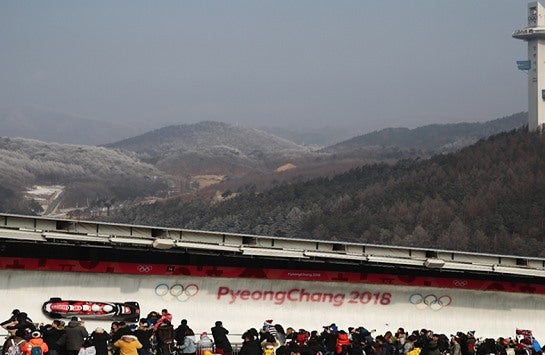
The 2018 winter Olympic Games in PyeongChang highlighted the growing importance of social media during major sporting events. Through Twitter, Instagram, Facebook and YouTube, partners, organisations, athletes and teams were able to control their own narrative and provide an interactive insight into their time at the games. This has subsequently improved engagement with fans, leading to a more immersive experience.
Taken from Sportcal’s recent report, ‘The Social Winter Games’, in partnership with Hookit, the social media intelligence platform, Sportcal Media takes a closer look at the key findings of the data surrounding the games.
Platforms
Twitter was the platform most used during the games with exactly half of all posts (among athletes, organisations and partners); however, the platform generated only 7 per cent of all interactions. It was Instagram that proved by some way to be the top platform for engagement, generating 53 per cent of all interactions from just 24 per cent of the total posts. Moreover, Instagram managed, from half the number of posts, to generate over four times more new followers than Twitter.
The organisations and partners mainly used Twitter to get their message across and to convey news, using it for 53 per cent and 82 per cent of their posts respectively. Conversely, athletes preferred the photo-sharing platform Instagram to share their experience of the games. It was the most-used platform with 39 per cent of all athlete posts and 82 per cent of all athlete interactions.
How well do you really know your competitors?
Access the most comprehensive Company Profiles on the market, powered by GlobalData. Save hours of research. Gain competitive edge.

Thank you!
Your download email will arrive shortly
Not ready to buy yet? Download a free sample
We are confident about the unique quality of our Company Profiles. However, we want you to make the most beneficial decision for your business, so we offer a free sample that you can download by submitting the below form
By GlobalDataThis trend is mainly attributable to the general popularity of Instagram with over 800 million users; this, coupled with the interactive nature of the platform, meant that athletes’ posts gained the traction they desired. It is also evident that the social media strategies of organisations and partners are missing out on a potential audience by only utilising Instagram for 15 per cent and 7 per cent of their posts respectively.
Organisations
Interaction on Instagram helped make the International Biathlon Union (IBU) the most engaging of all seven federations, despite posting the least number of times on the platform (35 posts). These posts garnered more than 350,000 interactions, pushing the IBU’s average social media interactions per post to 4,635, over three times that of the International Skating Union, the second most popular on a per post basis.
A combination of race images, quotes and short videos created short, engaging content that contributed to the social media success of the IBU. Social media interactions peaked for the IBU when its events were taking place, particularly with the climax of the major men’s and women’s pursuit and individual events.
Germany’s 31 medals and second place in the medals table was not the only success it had during the games. In terms of social media, its National Olympic Committee (NOC), the German Olympic Sports Confederation (DOSB), had the highest number of interactions per post of all NOCs. The German DOSB also had the single most engaged-with post of all NOCs, a Facebook video of its men’s ice hockey team defeating Sweden to reach the semi-finals, which generated 829,056 interactions.
Germany’s performance is further evidence that social media engagement does not necessarily result from high activity; the National Olympic Committee of Canada and the United States Olympic Committee posted 4,096 and 2,252 times, respectively, but their average interactions per post were five and four times fewer than Germany, respectively.
Athletes and teams
US athletes led the way in the team rankings, with 50.2 million interactions (combined totals of all the team’s athlete accounts). The US team accounted for almost half (45 per cent) of the total interactions of the top 10 nations combined, and the total was 217 per cent higher than its closest rival, Canada. High-profile American athletes such as Shaun White and Lindsey Vonn made significant contributions to the US total. Shaun White, the snowboarder, topped the athlete interaction charts with 11.96 million, while skier Lindsey Vonn enjoyed the single most engaged-with athlete post (3.2 million interactions) when she posted a video on Instagram from the start gate of one of her training runs.
Despite the popularity of these two athletes before and during the games it was actually a fellow American, snowboarder Chloe Kim, who experienced the greatest follower growth during the games. Across Facebook, Twitter and Instagram she successfully raised her following by 927,070. Her follower rise coincided with the popularity of snowboarding during the tournament, which was reflected in the total number of interactions. Snowboarding topped the sports total interactions charts with 38,655,460, over 13 million more than second-placed figure skating (25,626,293).
See Also:
Partners
Top of the IOC TOP partner podium for both engagement and activity across the games was Coca-Cola (14 million interactions from 431 posts). The longest serving partner of the Olympic movement (since Amsterdam 1928) averaged nearly 32,000 interactions per post. However, it was actually Intel that recorded the single most engaged-with (1.6 million interactions) Olympic-related post of all the TOP partners across the period of the Games, with a Facebook video post of its winter Olympic drone cameras following its team’s journey to the opening ceremony in PyeongChang, including a record-breaking performance. The reputation of the opening ceremony combined with the stunning visuals contributed to the appeal of the post. Coca-Cola did generate more interactions from a post during the Games, but its content was promoting another major event in 2018, the Fifa World Cup.
Sportcal
To purchase a copy of ‘The Social Winter Games: Social Media Analysis on PyeongChang 2018’, in partnership with Hookit, visit the Sportcal Report store.
We answer the following and much, much more…
• Which stakeholder drew the most interactions from a single post across the 2018 Games?
• Which International Federation was most active during PyeongChang 2018?
• How many followers were gained during the Games by TOP partner and local partner accounts?
• Which sports & athletes were most active, and which were most engaging?
• Who topped the National Olympic Committee interactions podium?
• Which platform enjoyed the most activity and which saw the most follower growth?
The report examines the platforms as well as stakeholder accounts, grouped into Organisations (including IFs, IOC & NOCs) Partners and Athletes, to discover which has come out on top of numerous rankings from most posts and most interactions to most account followers and most follower growth over the games period (9th – 25th February 2018). It also interrogates daily activity across the various platforms to better understand whether event schedules and successes correlate with activity and interactions.
Reasons to buy
• Gain a comprehensive knowledge of all social media metrics and follower growth statistics of stakeholders at the biggest global sports event of 2018 so far
• Analysis and rankings across all metrics on all platforms in each of the above categories.
• How do your social media numbers compare?
• Understand which sports and which of their athletes are most active and driving the most engagement on Facebook, Twitter, Instagram and YouTube
• Investigate which of the social media platforms were being used most by stakeholders, which saw the most engagement and which generated the most new followers across PyeongChang 2018



